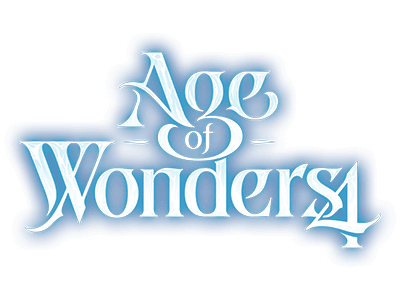You were writing a bit of a plot-twist with the sudden assassination attempt and Zach's 'obvious' guilt.
But the writing is very fast-paced, a lot happened in that one chapter and numerous changes of scene/character focus happened. When editing you need to focus on breaking it up somehow, to clarify where we are and what character is now in the spotlight.
You're the first person to tell me something I can work on story-wise rather than formatting/grammar (though for the record that is appreciated too), so thank you very much. I look forward to that kind of feedback as improving my writing is one of my motivations for doing AARs in the first place.
This pacing definitely seemed a bit fast compared to other chapters, but were those other chapters also a bit fast? Has my pacing been pretty consistent throughout, or have there been some that drag as well. And if you are interested, feel free to compare chapters from here to some of my chapters from The Dark-Reign of the Gulk-Furki in my signature.


